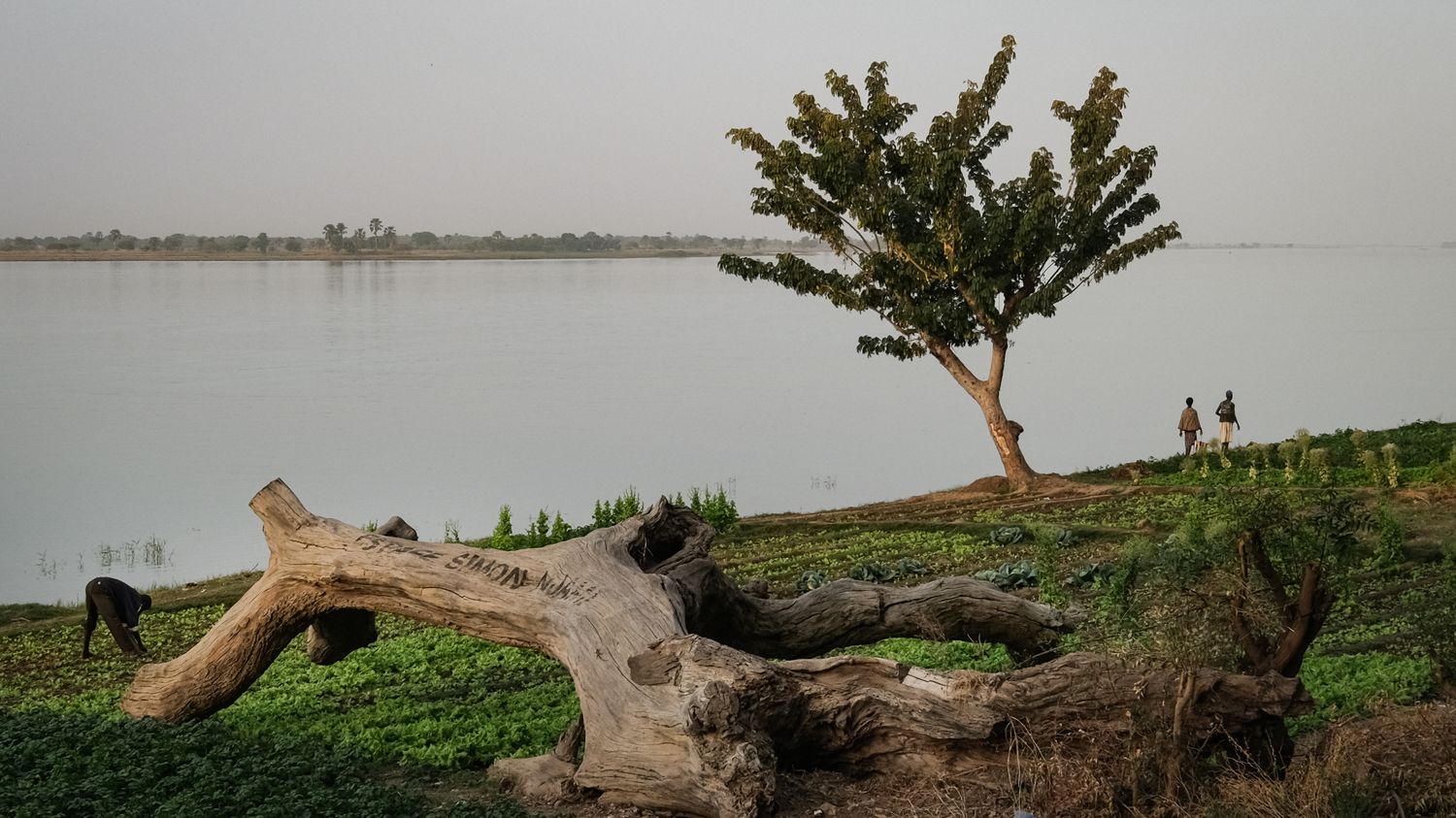An international team of scientists has managed to count for the first time the precise number of trees growing in Sub-Saharan Africa, from the Atlantic to the Red Sea. Objective: to understand how they store carbon in these very arid areas.
Article written by
Posted
Reading time : 1 min.
On this strip of the Sahel, which extends over 10 million square kilometres, it was necessary to analyze more than 300,000 satellite images to count the number of trees. A group of scientists led by NASA, the University of Copenhagen, and several French research institutes including the CNRS, succeeded in establishing in a study that 9.9 billion isolated trees grow in this arid zone.
To arrive at this total, the images were sifted through by an artificial intelligence which had previously been trained to recognize a tree seen from space, both thanks to the shape of its crown and its cast shadow. This system is thus able to make the difference between a tree and a bush.
What is the point of this study?
The aim is to better understand the role played by even sparse vegetation in carbon storage in these dry regions. This study has thus made it possible to calculate that these trees, which grow sparsely in the Sahel, store a total of 840 million tonnes of carbon equivalent. AT By way of comparison, it is three times less than all French forests. This is of course linked to the climate, which is not the same.
This study also teaches us that the amount of carbon stored by a single tree varies from simple to double, depending on whether it grows in a very arid zone or a little more humid. Moreover, this satellite counting method should be used in the future to measure the effectiveness of reforestation policies: monitoring the growth of new plantations, tree by tree, or species by species, becomes possible.
These satellite images allow you to see details to within 50 cm. With the improvement in the resolution of the images, it will be possible in the future to have more and more information on the size of the tree, on its growth, on the width of its trunk (and therefore on its age) or on the density of its foliage.
